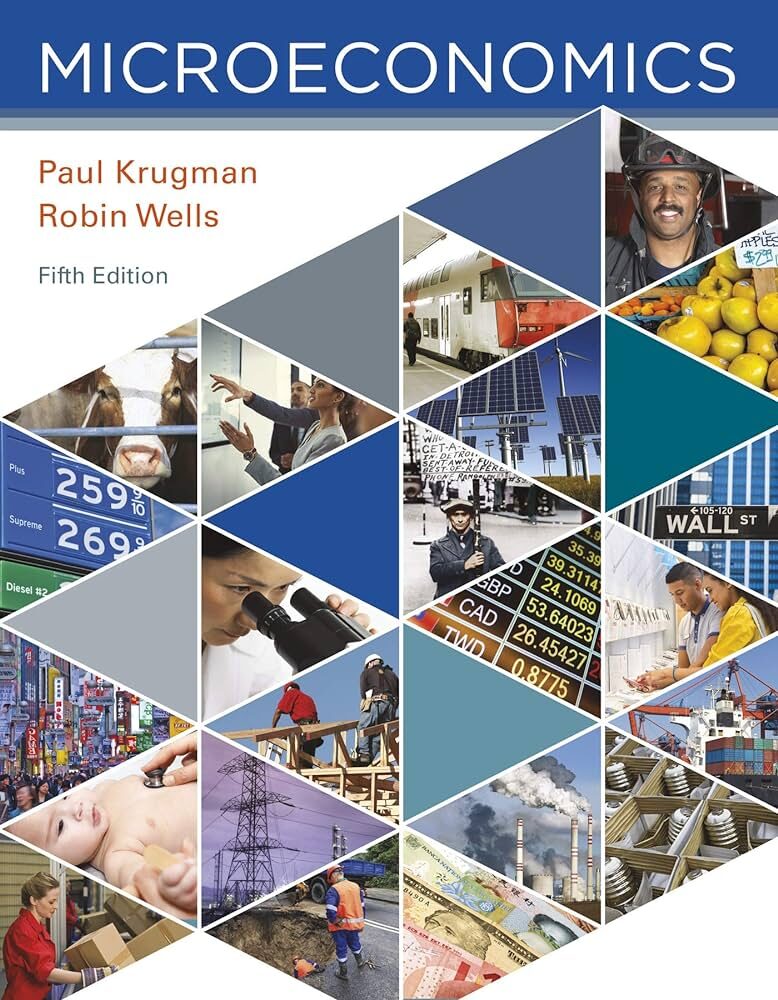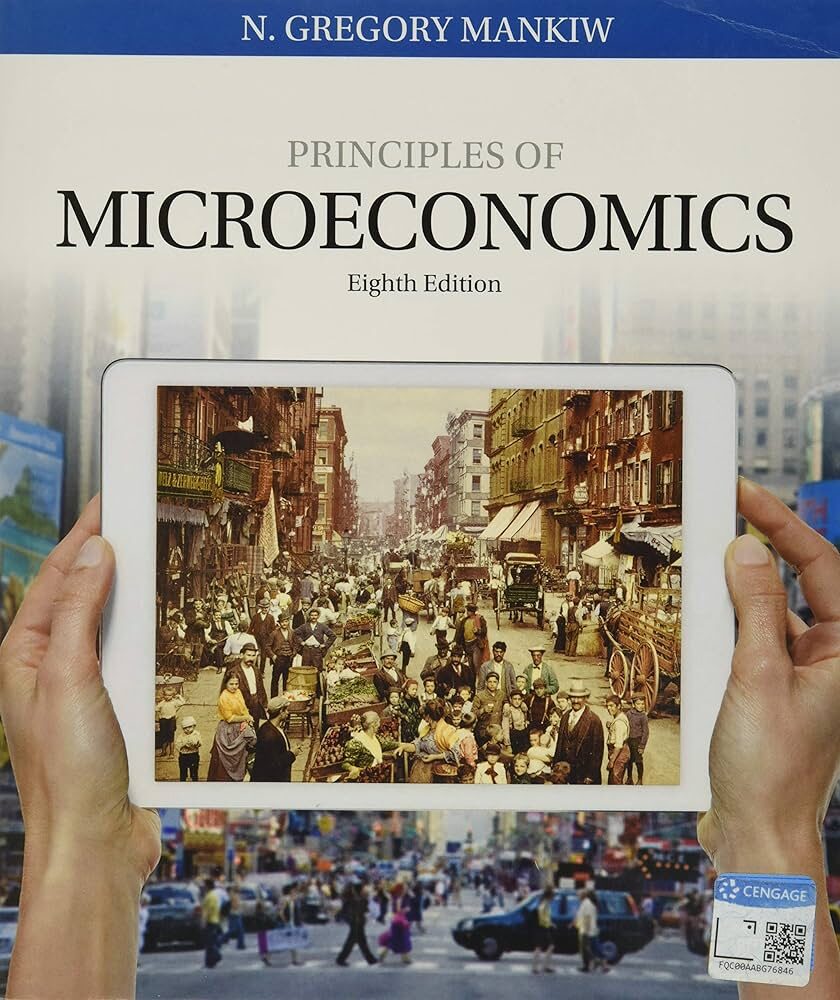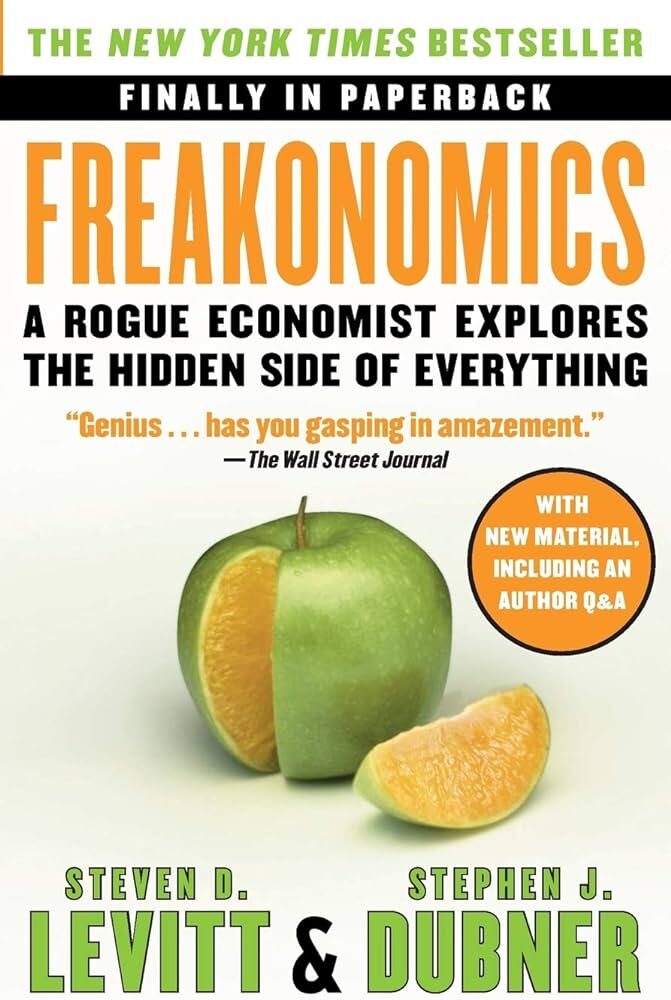Table of Contents
What is microeconomics?
Microeconomics represents that branch of economics that deals with a single producer and a single consumer. It takes into account smaller issues or micro-level issues like supply and demand interaction in the market, prices and quantities of goods at equilibrium, preferences, costs, etc. Unlike macroeconomics, which considers the economy as a whole, microeconomics delves deeper into the concepts of the workings of individual markets within an economy. Here, in this article, we will look at the best microeconomics books that will lay a strong foundation for you.
Best 5 microeconomics books
1. Intermediate Microeconomics: A Modern Approach by Hal R. Varian

Book review and key highlights:
Varian’s Intermediate Microeconomics is a fantastic introduction to microeconomic theory. Even though the title says ‘Intermediate’, it can still serve as an introductory microeconomics textbook. Great analysis of consumer and producer theory. Calculus is in the appendix parts, so if you have students who know the call, they can check it out, but it also works for students who don’t have a Calf background. It has some great examples in it and is well divided into roughly 30 chapters. The case studies are good, and the book does a good job explaining utility, consumer surplus, producer surplus, allocative efficiency vs. cost-effective efficiency, and finally, the role and types of monopolists.
Also, you may read Best Macroeconomics Books to Lay a Strong Foundation
2. Microeconomics by Paul Krugman

Book review and key highlights:
In this publication, one can find essential matters related to the economy and finance. It seemed to be quite fundamental and informative. Paul Krugman made a good effort in composing the publication with details and illustrations, yet in simple manners. The invisible hand refers to the way in which the individual pursuit of self-interest can lead to good results for society as a whole. This concept was appearing for the first time in a famous passage in the book (The Wealth of Nations) by one of the pioneers of economics, the Scottish Adam Smith. The first chapter is also about principles, which are the core of economics and underlie individual choice. The invisible hand and the twelve principles, respectively, for the introduction and the first chapter are the basis for diving into the rest of the book, but they are also the necessary key elements in order to have a better understanding of economics in general.
3. Principles of Microeconomics by N. Gregory Mankiw

Book review and key highlights:
Mr. Mankiw has that easy-to-understand, fun-to-read, but not so shallow kind of writing style accompanied by wit and humor. All these things have successfully conveyed economics in this book as a subject that is not dull and dismal but as one that everyone has wished they’d learned before. Most of the big concepts are simple to understand but incredibly powerful. Things like opportunity cost, comparative advantage, importance of incentives, deadweight loss, etc. can help you understand how we might fix some of the big problems in both society and within our own lives. With ample case studies and plenty of exercises to work through, this book will set you up for your introduction to set out on your journey as an economist. It covers all the basic and advanced theories of microeconomics step by step, with some quizzes in between sections of each chapter and some good tasks at the end of each chapter. It offers a good introduction to neoclassicism and dips into basic political theory and economics at times.
Also, you may read 5 must read popular econometrics books
4. Freakonomics: A Rogue Economist Explores the Hidden Side of Everything by Steven D. Levitt and Stephen J. Dubner

Book review and key highlights:
It’s more about the seemingly diffuse academic work of one of the authors, Steven D. Levitt (the other author is a journalist, Stephen J. Dubner). Levitt is something of an economist but more like a social scientist, using the tools of microeconomics applied to other fields that happen to catch his interest. As Levitt sees it, economics is a science with excellent tools for gaining answers but a serious shortage of interesting questions. His particular gift is the ability to ask such questions. For instance, if drug dealers make so much money, why do they still live with their mothers? Which is more dangerous, a gun or a swimming pool? What really caused crime rates to plunge during the past decade? If morality describes the ideal world, then economics describes the actual world. Further, Freakonomics studies incentives and how different people in different professions respond.
5. The Undercover Economist by Tim Harford

Book review and key highlights:
The first half of the book deals with a somewhat more modern version of standard theories of supply and demand, rent seeking, perfect and imperfect information, externalities, and incentives. Modern examples such as the location of Starbucks and the cost of a double latte grande clarify the points completely.
In the second half of the book, Harford moves into the realm of macroeconomics, dealing with issues such as taxation, government subsidies, incentives, and disincentives related to externalities, the seemingly endless cycle of poverty in third-world countries, the theory of comparative advantages, third-world dictatorship, and communist government policies as contrasted with democratic capitalist economies, education, and so on.
Harford makes the subject infinitely more interesting by exploring the margins of the topic and explaining how such macroeconomic considerations drift into the world of microeconomics and affect such basics as pricing, supply, demand, production, and incentives.
Perhaps the most interesting chapter in the entire book was Harford’s brief explanation of the mathematics of game theory and how economic game theorists constructed a series of government auctions to attempt to sell frequencies for cell phone licenses to the highest-bidding communications companies.
Also, you may read Top 5 International Business Books you must read – important
Conclusion
To sum up, the top microeconomics books provide a thorough grasp of basic economic concepts such as supply and demand, consumer behavior, market systems, and resource distribution. To assist readers in understanding difficult subjects, they offer concise explanations, relevant examples, and useful applications. These publications give readers the analytical skills needed to handle microeconomic decision-making in both personal and professional contexts by fusing theoretical frameworks with practical data.
Frequently Asked Questions
What is the theory of the invisible hand in microeconomics?
According to economist Adam Smith’s theory of the invisible hand, people unwittingly advance the welfare of society as a whole when they pursue their own interests in markets that are highly competitive. Without the need for centralized direction or control, the forces of supply and demand in the market effectively coordinate the allocation of resources.
What are the top three paradoxes in microeconomics?
Three prominent paradoxes in microeconomics are the labor paradox—automation raises productivity but may cause unemployment—the paradox of value—where water, which is necessary for life, is cheap while diamonds are not—and the paradox of thrift, which contends that individual saving may result in a decrease in overall economic activity.
What are the two best microeconomics books available on Amazon?
Microeconomics by Paul Krugman and Principles of Microeconomics by N. Gregory Mankiw. These are two of the best microeconomics books available on Amazon.









